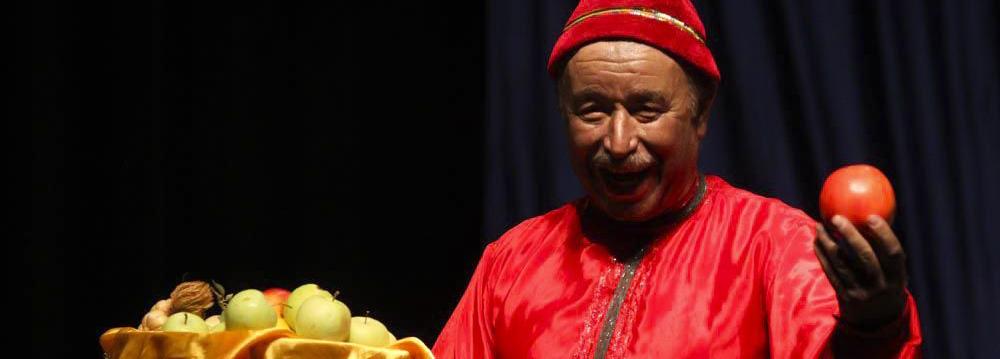Norouz, the traditional celebration of the Persian New Year in Iran and the start of spring (March 21), was inscribed for the second time on UNESCO’s Intangible Cultural Heritage of Humanity on November 30.
The ancient tradition of Norouz was inscribed for the first time on September 30, 2009, on the UNESCO’s list as a practice shared by seven countries namely Iran, the leading state in preparing the dossier, and Azerbaijan Republic, India, Kyrgyzstan, Pakistan, Turkey and Uzbekistan.
The registration of the Iranian New Year was proposed by eminent Iranian anthropologist Mohammad Mirshokraee, 73, who had a major contribution in preparing the dossier, ISNA reported.
Later in 2014, five more countries expressed interest to be enlisted on the UNESCO list as places where Norouz is celebrated.
According to the regulations on intangible heritage, once a country is added to a dossier, the entire dossier should be revised and rewritten for a new process of registration at UNESCO.
On March 2-7, 2015, Iran hosted the five new countries. The representatives of Afghanistan, Iraq, Kazakhstan, Tajikistan and Turkmenistan met in Tehran to discuss the modalities of a new dossier to add the five countries to the list.
The new dossier was among the nominations for the 2016 List of Intangible Heritage of Humanity at the 11th Session of the Intangible Cultural Heritage Committee in Addis Ababa, Ethiopia, where it was finalized on November 30, to include the five new countries. It is now an intangible cultural heritage of humanity with the highest number of participating countries (12) inscribed on the UNESCO list.
Mohammad Hassan Talebian, Cultural Heritage deputy at Iran’s Cultural Heritage, Handicrafts and Tourism Organization (ICHHTO) was at the session. “Norouz is a manifestation of wisdom, moderation and hope for life,” he said.
“I think more countries will join the global dossier of Norouz in future. We hope that the traditions of Norouz will be promoted in all countries,” Talebian added.
The 2-week Norouz festivities usually commence at the start of Spring Equinox (March 21) each year, and include public rituals, house-cleaning, shopping, special meals, travelling, family visits, gift-giving and street performances.
Origin of Norouz
“The origin of Norouz is the Iranian plateau and its surrounding lands,” said Mirshokraee earlier in an interview with essayist and translator Maryam Ala Amjadi.
“Historians have opined that over 18,000 years ago, in the last period of the ice age, climate change led to the emergence of distinct seasons in a way that summer became distinguishable from autumn and winter from spring.”
It is axiomatic that the beginning of one season or the end of another coincides with certain behaviors or rituals, the least of which is for instance, change of attire.
The greatest seasonal shift happens with the advent of spring. The severe cold comes to an end and nature is once again fully awake. The climate becomes warmer and people resume activities suspended in winter. With the advent of spring, farmers start working in the fields and herders bring out their cattle once again.
Life becomes new with the freshness of nature. Blossoms signify a new period, a new time, Norouz or literally, new day. People celebrate it as an integral part of their life.
Therefore, Norouz became a tradition over time and a part of Iranian culture when people revere spring and revive their lives with the revival of nature. Gradually, its elements were integrated into people’s customs and the culture of Norouz was shaped.
The earliest available evidence of Norouz belongs to the Sumerians who migrated across the Zagros Mountains to Mesopotamia over 5,000 years ago. “They took Norouz with them, just like Iranians today who take Norouz with them wherever they go.”
Mohammad Mirshokraee has over 40 years of experience in folklore, linguistics and anthropological research. He is the former director of Anthropology Department at Research Institute of Cultural Heritage and Tourism (RICHT).
The prolific Iranian scholar has over 150 articles and 9 books on anthropology and culture published in Iran and elsewhere. ‘Humans and Water in Iran’, ‘Anthropology and Museums’, ‘Tea in Iranian Culture’ and ‘The Language of Masouleh People’ are some of his published works.
He is also the editor-in-chief of the journal published by RICHT as well as contributing editor to many other journals of culture, museum, history and art.


